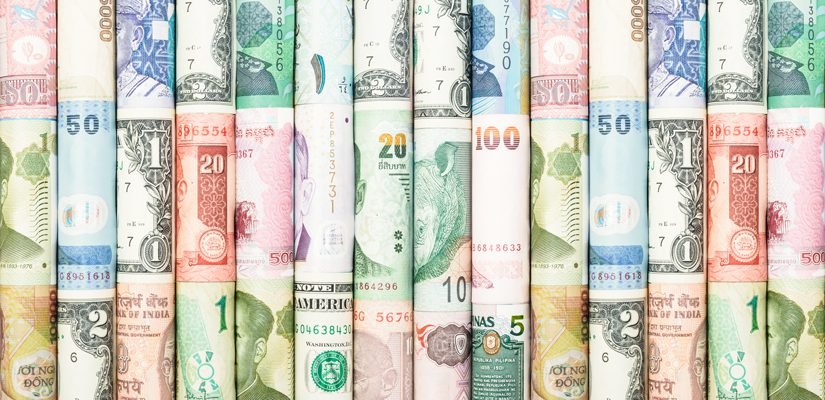MUMBAI: The rupee, which is now among the worst performers in emerging Asia, is benefiting from favourable trade trends, which have caused economists to cut their projections for India’s current-account gap.
Barclays Plc revised its earlier estimate of the current account deficit from 2.3% to 1.9% of GDP for the year beginning April 1. This is the broadest measure of trade in goods and services. Citigroup Inc. reduced its prediction even more, from 2.2% of GDP to 1.4%, in light of the continuing decline in imports of goods and the strength of exports of services.
The rupee will benefit from the lower prints since it is increasingly dependent on foreign inflows as a result of the country’s twin budget and current account deficits, making it susceptible to a selloff. The demand on the central bank to sell foreign currency from its reserves in order to stabilise the currency and restrain imported inflation will lessen as the gap closes.
Ashish Agrawal, head of foreign exchange and emerging-market macro strategy research at Barclays in Singapore, said, “We are encouraged by the lowering of the trade deficit has sustained and services exports remain strong. The RBI’s dollar sales and reliance on finance flows are lessened as a result of the decreased current account deficit.
Reduced trade deficit raises the possibility of higher rupee fortunes. The gap in goods trade has shrunk to its lowest level in thirteen months.
That’s an additional benefit for the rupee, which appreciated against the dollar along with its Asian rivals following the Federal Reserve’s dovish interest rate hike.
Surprise services
The robust services exports print appears to have surprised economists.
Building on January’s revised surplus of $13.8 billion, the services trade surplus was high in February at $14.6 billion. In both January and February, exports of services came very close to $30 billion, an increase of roughly 40% from the previous year.
A portion of this growth is credited to Global Capabilities Centers established by sizable multinational firms, according to HSBC Holdings Plc. According to an HSBC analysis, India is home to around 40% of the world’s GCCs, and this number is growing as the GCCs’ reach grows.
According to Dhiraj Nim, an economist and forex strategist at Australia and New Zealand Banking Group, “services trade surplus is certainly a hero in India’s foreign trade story right now,” and he is optimistic that the trend will continue.
The strengthening external sector fundamentals and the relatively low valuations, according to Barclays, will support a later rupee rebound as the currency drops. Nonetheless, despite the uncertainty in the world and the Reserve Bank of India’s goal to increase reserves whenever possible, most people continue to be cautious.
This bodes positively for the currency from a current account standpoint, according to Madhavi Arora, lead economist at Emkay Global Financial Services Ltd. The rupee, the poorest performing currency in developing Asia last year and among the worst this year, might be negatively impacted by the highly erratic nature of the global situation, which could also have a negative influence on the appetite for risk in EM assets.





